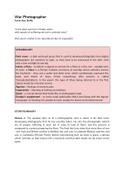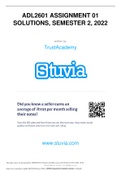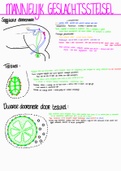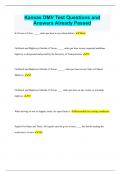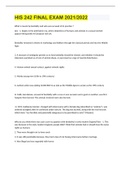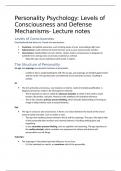Summary
Summary Carol Ann Duffy 'War Photographer' - Poem Analysis
A detailed analysis of the poem ‘War Photographer’ by Carol Ann Duffy, tailored towards GCSE / IGCSE (Edexcel and CIE/Cambridge) students but also useful for those studying at a higher level. Includes: VOCABULARY STORY/SUMMARY SPEAKER/VOICE LANGUAGE STRUCTURE/FORM ATTITUDES CONTEXT ...
[Show more]
